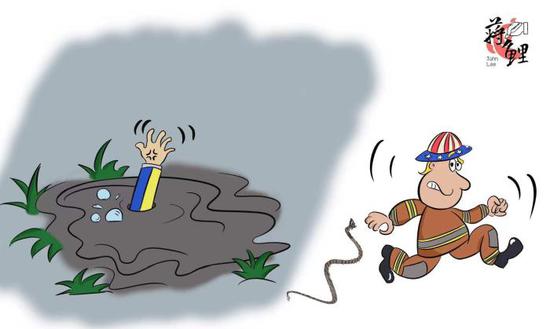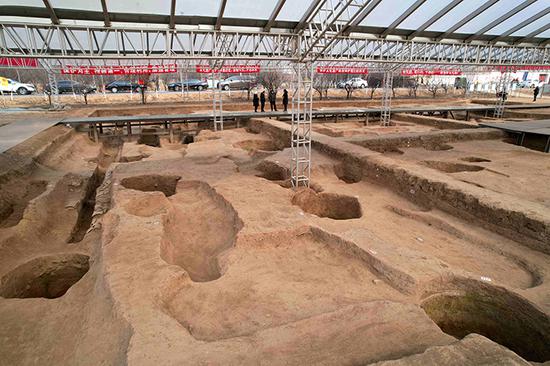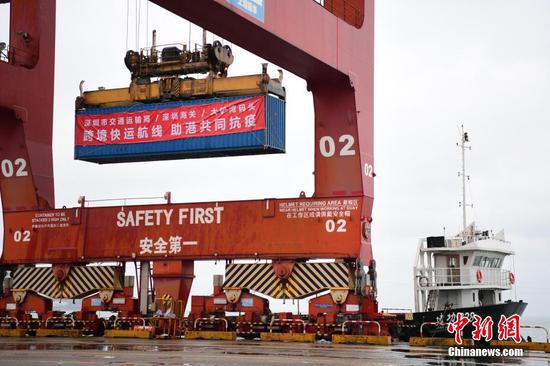Slowing property sector contributes to challenging growth environment, risks
"Market sentiment and expectations are likely to have an impact on demand," he said. "Currently, softening consumption and lackluster investment have something to do with market expectations.
"In light of the current situation, the key to keeping economic growth stable and sustainable is to stabilize and improve market expectations while enhancing risk management."
In a note issued last month ahead of the two sessions-the annual meetings of China's top legislature and political advisory body, which will begin in Beijing later this week-Liu said full assessments shall be made before public policies are rolled out, with stable growth and employment the priorities.
"With noneconomic factors having an increasing impact on growth, all kinds of public policies, both economic and noneconomic ones, must work in sync to maximize the macro policy effect and deliver more tangible outcomes," he said.
In a recently released monetary implementation report for the fourth quarter of last year, the People's Bank of China, China's central bank, said it would work to keep liquidity reasonably ample and step up financing support for key sectors and weak links of the economy. It said it would meet the reasonable financing demands of the real economy while not resorting to any flood-like stimulus.
Some experts expect the intensity of fiscal and monetary policies will be increased this year as keeping growth stable has been confirmed as the priority for economic policies.
Zhu Ning, deputy dean of the Shanghai Advanced Institute of Finance, said China's economic growth faces continuing challenges this year, mainly induced by a slowing property sector that will also add to challenges in guarding against financial risks. However, the raising of interest rates by the United States Federal Reserve could reduce China's monetary policy options, he added.
Recent figures from the National Bureau of Statistics show that China's inflation eased in January, with consumer-price growth slowing to 0.9 percent year-on-year. Some research bodies said that might offer more leeway for monetary policies in shoring up growth.
Some suggested that steady growth of household incomes will better facilitate China's pursuit of high-quality growth. Liu Shijin, who is also a member of the CPPCC National Committee, said one key measure to promote China's high-quality growth is to enlarge the size of its middle-income population. He suggested expanding that population from the current 400 million to around 800 million to 900 million in the next 10 to 15 years to achieve high-quality growth.
Liu Shijin said most new members of the middle-income group would be generated by medium-sized, small and micro-sized businesses and individually run businesses. Therefore, it is important to bolster the growth of the private economy.


















































 京公网安备 11010202009201号
京公网安备 11010202009201号